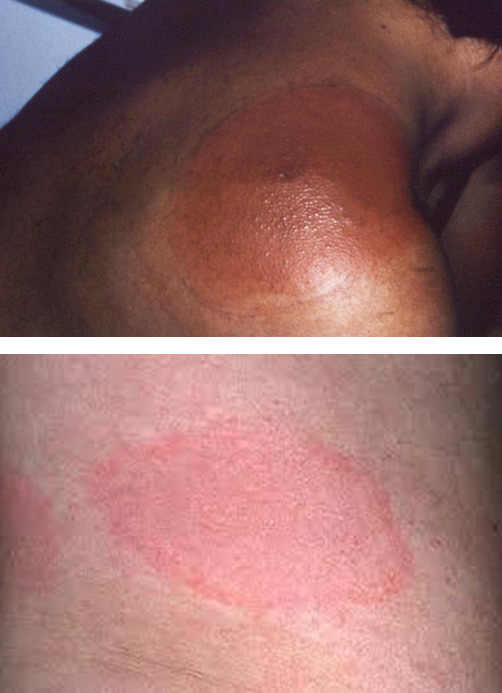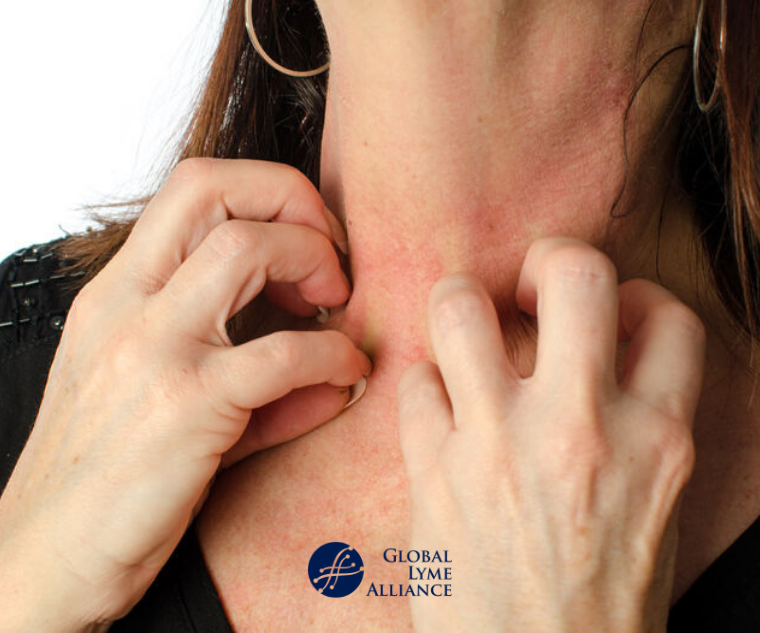Just How Lymecare Alliance is Transforming Lives for Lyme Illness Survivors
Just How Lymecare Alliance is Transforming Lives for Lyme Illness Survivors
Blog Article
Lyme Illness Understanding Month-- Learn How to Shield Yourself
April is marked as Lyme Condition Recognition Month, functioning as a vital pointer of the significance of understanding and preventing this increasingly widespread tick-borne health problem. With increasing incidences reported across different regions, it is crucial to furnish ourselves with knowledge about reliable prevention techniques and early signs and symptom recognition. By adopting straightforward yet efficient practices, people can dramatically minimize their risk of direct exposure. As we check out the nuances of Lyme condition, it ends up being clear that recognition is not just about details; it has to do with taking purposeful action to shield ourselves and our communities. What actions can we execute today?
Understanding Lyme Condition
Understanding Lyme Condition starts with recognizing its origins and transmission. This transmittable illness is primarily created by the germs Borrelia burgdorferi, which is sent to humans with the bite of infected black-legged ticks, frequently recognized as deer ticks. These ticks thrive in verdant and wooded areas, making outside tasks a possible threat for exposure.
The lifecycle of the tick is vital to comprehending just how Lyme Illness spreads (Lymecare Alliance). Generally, the ticks begin feeding in the larval phase, frequently obtaining the microorganism from tiny mammals, such as rats or deer. As they turn into nymphs or grownups, they can after that transfer the microorganism to larger hosts, consisting of human beings

Acknowledging Signs And Symptoms Early
Early recognition of Lyme Disease symptoms is important for reliable therapy and recuperation. Lyme Condition, transferred mostly via the bite of contaminated black-legged ticks, can result in serious complications if not dealt with quickly. The initial symptoms often appear within three to thirty days following a tick bite and might consist of fever, cools, exhaustion, muscular tissue and joint pains, and puffy lymph nodes.
Among the trademark signs of Lyme Disease is the particular erythema migrans rash, which resembles a "bull's- eye" pattern and commonly arises at the website of the tick bite. This breakout might not appear in every instance, making it crucial to continue to be vigilant concerning various other signs.
As the condition proceeds, if left untreated, it can lead to much more serious difficulties, consisting of neurological concerns, cardiac problems, and relentless joint discomfort. Individuals who have actually been in areas where Lyme Illness is native must be careful and monitor their health and wellness closely after prospective direct exposure. Motivate medical appointment upon noticing these symptoms can promote very early medical diagnosis and intervention, dramatically enhancing the possibility of a complete recovery. Recognition and education and learning regarding these early signs are vital in combating the effect of Lyme Condition.
Effective Avoidance Strategies
Stopping Lyme Illness requires an aggressive method, especially for individuals who frequent areas where ticks prevail. Understanding effective prevention techniques is vital in reducing exposure to these disease-carrying arachnids.
First, it is important to put on suitable garments when in tick-infested atmospheres. Lengthy sleeves, long trousers, and closed-toe shoes can substantially minimize skin exposure. Consider treating clothing with permethrin, a bug spray that remains efficient via several cleans.
Additionally, using a tick repellent including at least 20% DEET to revealed skin can additionally protect against attacks. Routinely looking for ticks after outdoor activities is essential; perform detailed body examinations, particularly in cozy, damp areas such as behind the knees and within the hairline.
Developing a tick-safe setting around your home is likewise helpful. Maintain your yard well-maintained by trimming the lawn routinely, removing fallen leave clutter, and creating barriers of gravel or wood chips to different woody locations from recreational rooms.
What to Do After a Bite
Immediately after a tick bite, it is important to take quick activity to decrease the check my reference risk of Lyme Disease transmission. Very carefully get rid of the tick making use of fine-tipped tweezers, understanding it as close to the skin's surface area as possible. Draw upwards with steady, even stress; do not twist or snag the tick, as this may cause components to break short and remain in the skin. After removal, tidy the bite area and your hands with scrubing alcohol, an iodine scrub, or soap and water.
Screen the bite site for signs of infection, such as soreness, swelling, or a breakout. It is necessary to be attentive for signs and symptoms of Lyme Illness, which may include fever, chills, exhaustion, and joint discomfort, normally showing up within 3 to one month post-bite. If you observe a characteristic "bull's- eye" rash or experience any one visit our website of these signs and symptoms, look for medical attention without delay.
Educate your doctor of the tick bite, specifically if the tick was affixed for even more than 24-hour or was engorged. If required., early intervention is essential in protecting against the onset of Lyme Disease and making sure efficient treatment.
Resources for More Information
Recognizing the actions to take after a tick bite is necessary, however so is having access to trustworthy resources for recurring education concerning Lyme Illness. Countless organizations offer comprehensive information to assist people stay educated regarding avoidance, symptoms, and therapy options.
The Centers for Disease Control and Prevention (CDC) offers a wide range of sources, consisting of guidelines on tick avoidance and info on Lyme Illness statistics. Their site is a necessary beginning point for anybody looking for understanding concerning the disease's influence and just how to alleviate threats.
One more important source is the Lyme Illness Association, which concentrates on advocacy, education, and study (Lymecare Alliance). Their system features write-ups, webinars, and updates on the most up to date scientific findings, making it a crucial device for both people and medical care experts
Additionally, the American Lyme Illness Structure offers academic products customized for different target markets, consisting of caretakers and exterior fanatics. They additionally host community events that advertise recognition and avoidance methods.
For those looking for assistance, companies like the Tick-Borne Disease Alliance deal sources for connecting with regional support groups and accessing patient-centered care. Utilizing these resources can empower people to safeguard themselves and their areas efficiently.
Final Thought

The lifecycle of the tick is critical to comprehending how Lyme Condition spreads (Lymecare Alliance).The risk of Lyme Condition boosts throughout warmer months when ticks are most active, specifically in regions where the disease is native to the island, such as the Northeast, Midwest, and components of the West Coast of the United States. Lyme Illness, transmitted primarily through the bite of infected black-legged ticks, can lead to severe complications if not attended to immediately.Quickly after a tick bite, it is critical to take speedy activity to lessen the danger of Lyme Illness transmission. Understanding Lyme disease, visit identifying its signs, and carrying out effective avoidance methods can considerably decrease the risk of infection
Report this page